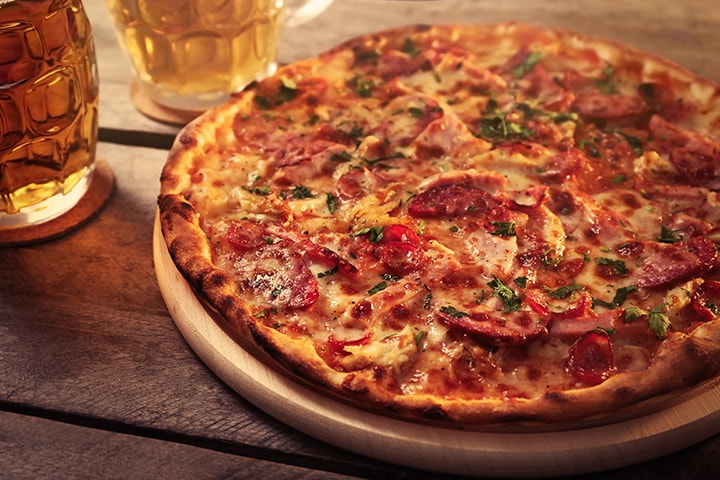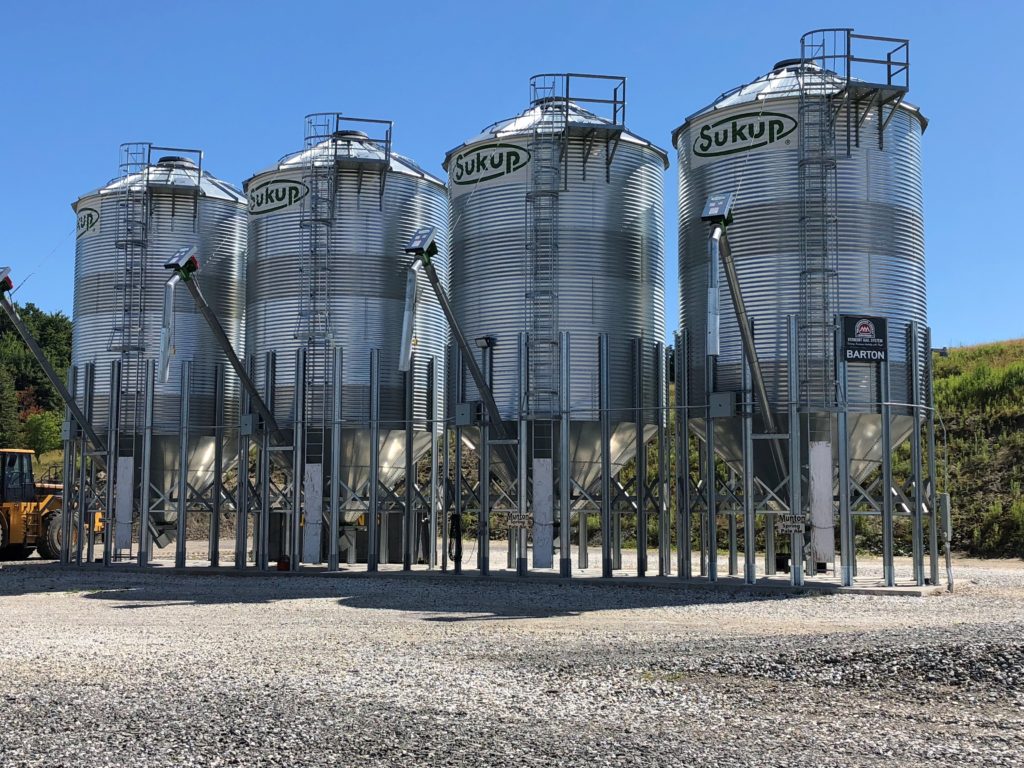
Coming up with creative uses for leftovers is a rich holiday tradition. Why should brewers be left out?
We’ve done blog posts before on using spent grain as an ingredient and most brewers use their grain leftovers to make tasty treats for local ruminants. What about leftover wort though? What about all those tasty last runnings that we run down the drain? What can be done with those?
What other uses are there for weak wort? It should be obvious, but many people don’t realize that wort is just dilute malt extract. It contains the characteristic colors and flavors of the malts that were used, simple reducing sugars (maltose and glucose) and amino acids. Foods that are made with malt extract and water including many baked goods can simply use wort or weak wort instead.
Weak wort without the water (on a dry basis) is about 40-50% maltose and 15-25% other simple sugars (mainly glucose). It contains about 30% complex polysaccharides and about 5-8% protein. As an ingredient, malt extract is used for flavoring, coloring, sweetening, fermentation and also browning. It is a staple ingredient commonly found in breakfast cereals, bagels, and pretzels and can be found in many other more exotic foods such as barbecue sauce, malted milk balls and even Korean GoChuJang.
The biggest difference between malt extract and wort is the water. Because of its low water content, malt extract is a shelf-stable product. Wort or weak wort is not. However, brewers that are creating fresh wort every day can easily incorporate their pre-diluted malt extract into their cooking.
Let’s look at a classic beer pairing food: Pizza. Normal pizza crust is made with flour, oil, salt, yeast, warm water and sugar. “Warm water and sugar” – that sounds a lot like weak wort. Some pizza crusts use malt extract in place of the sugar for better browning and flavor, so why not use wort? The key is getting the concentration of malt sugar about right.
Here is a simple pizza crust recipe right of the side on the Pillsbury flour bag.
Ingredients
- 2-1/2 to 3 cups all-purpose or bread flour
- 1 tablespoon sugar
- 1 teaspoon salt
- 1 package regular or quick active dry yeast (2-1/4 teaspoons)
- 3 tablespoons olive or vegetable oil
- 1 cup very warm water (120º to 130º)
Directions
Mix 1 cup of the flour, the sugar, salt and yeast in large bowl. Add 3 tablespoons oil and the warm water. Beat with electric mixer on medium speed 3 minutes, scraping bowl frequently. Stir in enough remaining flour until dough is soft and leaves sides of bowl. Place dough on lightly floured surface. Knead 5 to 8 minutes or until dough is smooth and springy. Cover loosely with plastic wrap and let rest 30 minutes.
This recipe calls for 1 cup of water (this is 236 ml or 236 grams) and 1 tablespoon sugar (this is 15 ml or 22 grams). This is the equivalent of an 8.5% solution or an 8.5 Plato wort. Other recipes easily found on the internet use less sugar, as little as a teaspoon. This would be a 2.8% solution. So between 2.8% and 8% sugar in warm water….Sounds like weak wort!
This recipe can be easily made by simply using weak wort in place of sugar and water. Measure the concentration of the weak wort to make sure you have enough wort sugars (say 3 Plato min) and not too much (9 Plato max) so that you get good rise and not too sweet or brown of a crust. Dilute or add sugar as needed to adjust the wort into this range. Cool the weak wort to 100º F first so as not to kill the yeast. Then simply follow the recipe as directed.
Using your wort incorporates some of character of your beer into the crust, saves resources and is fun! Leftovers don’t have to be all bad!
This process works well when done with weak wort from the lautertun. Hopped full strength wort “leftovers” from the kettle can also be used as an ingredient. Be very wary however. Highly hopped wort is very bitter and late kettle hopped wort will get more bitter as it is cooked. Though malt is commonly used as a food ingredient, hops are not. I’ve ruined stir fries, breads, gravies and other dishes trying to incorporate hops into them. I’ve made many wonderful dishes using malt, malt extract, wort, weak wort and beer, I just normally don’t use IPA’s.
Happy (post) Holidays!


